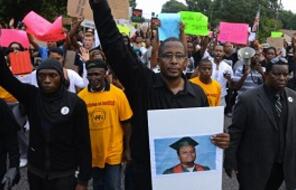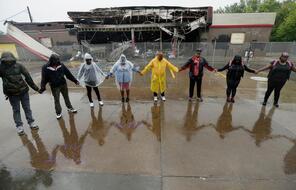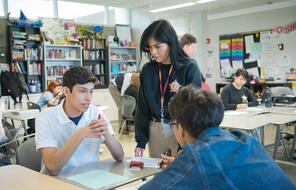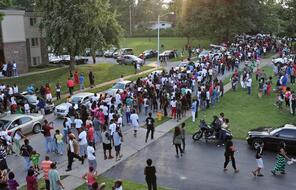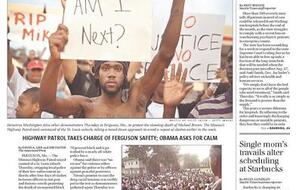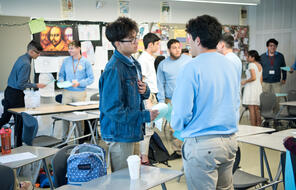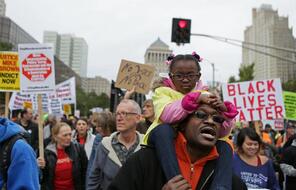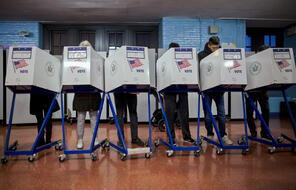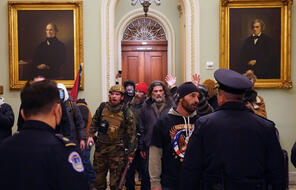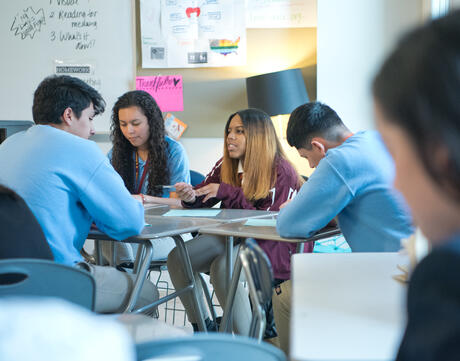
The Impact of Identity
Duration
Two 50-min class periodsSubject
- Civics & Citizenship
- History
- Social Studies
Grade
9–12Language
English — USPublished
Overview
About This Lesson
In the aftermath of the shooting of Michael Brown, the American public was sharply divided about who was at fault.
In this lesson, students will explore the reasons for this division by looking at how identity affected the ways in which people responded to the events. Students begin by reflecting on how identity influences our perceptions of people. They then examine a public opinion poll about a range of issues related to Ferguson, sortable by different aspects of identity (race, gender, age, etc.) and consider what the poll reveals as well as its limitations. Finally, after watching police officers talk about race, students reflect on the diversity of perspectives, opinions, and experiences that exists within this—or any—group.
Lesson Plans
Activities
Materials and Downloads
Quick Downloads
Download the Files
Get Files Via Google
Explore the Materials
The Impact of Identity
Preparing Students for Difficult Conversations
Confirmation and Other Biases
Unlimited Access to Learning. More Added Every Month.
Facing History & Ourselves is designed for educators who want to help students explore identity, think critically, grow emotionally, act ethically, and participate in civic life. It’s hard work, so we’ve developed some go-to professional learning opportunities to help you along the way.
Exploring ELA Text Selection with Julia Torres
On-Demand

Working for Justice, Equity and Civic Agency in Our Schools: A Conversation with Clint Smith
On-Demand

Centering Student Voices to Build Community and Agency
On-Demand


